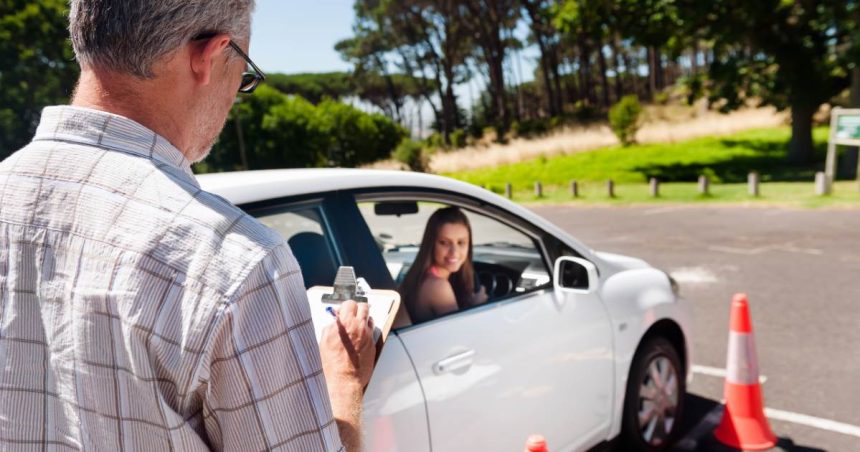Knowing that her teenager was receiving road safety education at school wasn’t enough for one worried parent who helped overcome her own fears by doing something she says schools should enable all interested parents to do: get more involved.
When Allannah turned 16, mother Allison Evans’ typical parental worries about her teenagers safety and well-being reached stressful new heights. The concern her mum felt was triggered by Allannah’s desire to take her learner’s test – driven by an aim to hit the road as soon as she possibly could.
“I had to book the first driving lesson with a professional instructor,” Ms Evans says of the days after her daughter found out she had passed her learner’s test on her first try.
“Even thinking about driving in an empty carpark with her made me feel really kind of anxious. It seems stupid but I just catastrophised everything that would follow that moment – my daughter would get through her lessons, get all her driving hours and then eventually be out in a car without me. My stress levels were ridiculous.”
Ms Evans concern about her daughter as a young driver eased after she saw first-hand the approach of the Road Safety Education course.
Turning the road safety statistics around
The core of the program offered by the not-for-profit road safety education-focused organisation is called RYDA.
With statistics that show young people are over-represented in serious injuries and deaths on roads across both New Zealand and Australia, the organisation aims to deliver its message to as many secondary schools as possible across both countries each school year.
Its strategy is to take a ‘whole-school’ approach that Ms Evans says seemed to have a genuine impact on the students and teachers present in the session she attended.
And she knows it affected her.
Supported by online learning resources
Within each workshop, six sessions of practical demonstrations, real-life narratives, videos, quizzes and interactive role-play were further supported by access to online learning resources for both students and teachers that enable learning to continue beyond the workshop.
“Allannah also got access to a revision course she could do down the track,” Ms Evans says.
“I encouraged her to do it and it probably gave me more comfort about the whole thing knowing she was revisiting what she’d learned on the first day of the workshop.”
Ms Evans says she wasn’t the only parent present, but says she was surprised that more didn’t come along to gain a better understanding of how to help their learner drivers stay safer on the roads.
“But when you look at people out on the road as adults, you also realise that some adults who have been driving for decades could do with a refresher course of their own, she told EducationDaily.
Creating good driving habits
The focus for the high school students it addresses, says Ms Evans is about helping instil good habits behind the wheel – and avoid bad ones.
“What made me feel better about everything was that it also addressed staying safe as a passenger,” she told EducationDaily.
How many times have you read news stories about some poor kid who decided to get in the car with one of their drunk mates behind the wheel – and it’s the passenger who dies and the driver somehow survives.
Alison Evans, mother of a teenage learner driver
Although going along to the driver education program helped teach her some valuable knowledge, Ms Evans says the experience also taught her that there should be even greater focus on road safety in schools across the country – starting in the primary education years, when many children are walking, riding, or catching trams, trains or school buses to get to class.
“That’s what I’d like to see more of, for sure,” she says.
“I think Allannah had one day when they went to a bike-riding place and the kids rode their scooters and bikes around this mini-neighbourhood, with ‘give way’ signs and ‘stop’ signs – but her memory of it was just that it was a fun day away from school, with her friends. Kids need more serious road safety education so the lessons stick in their mind – and, hopefully, they become safe drivers when they’re old enough to get a car.”







